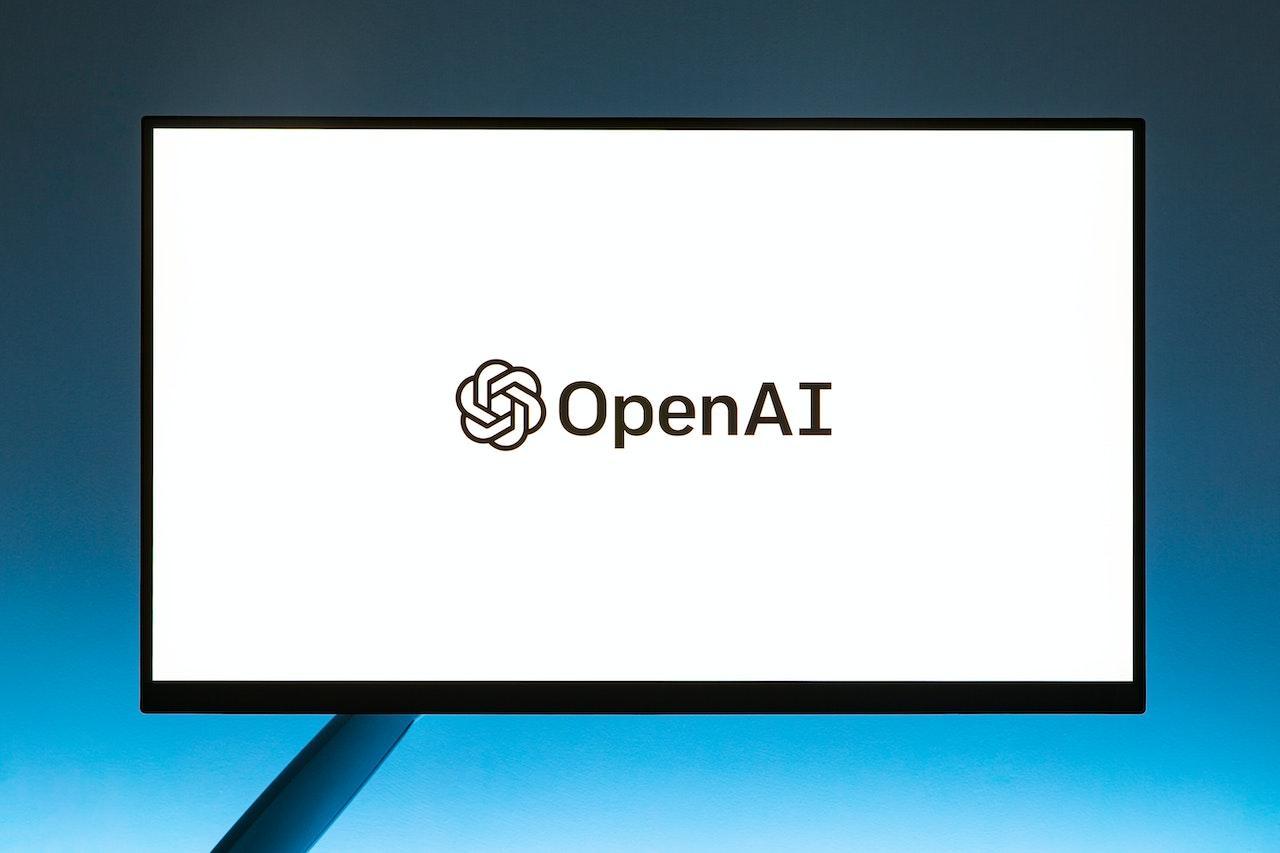We have all seen these pictures floating around on the internet. They are pretty impressive by their attention to detail, and they are hilarious at best.
AI-generated images are fast gaining popularity, and marketing departments in most industries are warming up to them. They are easy and fast to create, not to mention they are more economical.
However, before you can decide to use AI-generated images for your business, you should be aware that they come with their fair share of disadvantages.
In this article, we’ll look into the pitfalls of using AI-generated images for your brand and how they might affect your business.
Lack of Authenticity and Trust
AI photos might be great, but it goes without saying that they lack the credibility and authenticity of real photos.
Consumers are becoming increasingly skeptical of digitally manipulated content, so using AI-generated pictures might erode trust in your business-client relationship.
If you must use AI-generated content, ensure your consumers are fully aware of the source.
Legal and Ethical Concerns
When using AI-generated content, there arises legal and ethical issues regarding ownership and copyright.
If the AI in question is trained on copyrighted or proprietary images without proper authorization, it might result in legal complications.
In addition, it is possible that AI-generated images might be used for malicious and deceptive practices such as false endorsements, creating fake profiles, and manipulating visual representations of products and services.
Overuse and Lack of Uniqueness
Undeniably, the accessibility and ease of creating AI images is steadily increasing, consequently increasing the risk of overusing them in marketing campaigns.
When multiple brands apply the same or similar concept, it leads to a lack of uniqueness and differentiation. The direct impact is diluting the effectiveness and impact of marketing efforts.
Unintended Biases
AI models are trained on large data sets, and it inevitably incorporates any biases in the training data. This can result in AI-generated images that perpetuate or amplify societal biases in regard to race, gender, body type, etc.
Using such content in a marketing campaign can have negative and detrimental consequences, which might ruin the reputation of the business.
Quality and Realism
AI models have come a long way, and we must commend the significant strides they have taken toward generating realistic images.
However, we can’t ignore that they also have their limitations and flaws. AI-generated images might lack the nuances, fine details, and imperfections found in real photos.
When the quality or realism of an image falls short, it will negatively impact consumer perception. This, in turn, taints their trust in the brand and product of a market campaign.
Emotional Connection
Real photos have the ability to evoke an emotional response, and they can create a sense of connection with the audience.
While the pictures might be great, AI-generated content might lack the ability to capture the same level of emotion, thus resulting in a less impactful marketing campaign.
People tend to respond more positively to images with real faces, expressions, and interactions because they can relate to them on a deeper level. On the other hand, AI-generated content struggles to capture the same level of emotional resonance and authenticity.
Uncertainty of the Future
AI technology is constantly evolving, and its capabilities are growing and improving day by day. This means that AI-generated content will be outdated faster and become inferior as more AI models are developed.
Brands and businesses that are investing heavily in AI-generated content may have a tough time keeping up with the pace of technological advancements.
Misinterpretation and Deception on Dating Apps
AI-generated bots are designed to feign activity on a dating app and are programmed to present idealized and fabricated characteristics such as good looks, successful careers, and compatible interests. This results in misleading interactions and unrealistic expectations with profiles that don’t represent real people.
To avoid such frustrations and trust issues, sign up on the Hily dating app instead. All profiles on the site are real and verified, so there’s no risk of matching with someone who doesn’t exist in real life.
In addition, apps that use AI-generated bots reinforce the culture of superficiality on dating sites. These bots encourage people to be shallow when setting their parameters for their ideal partner.
Unpredictable Results
When creating images with an AI model, you have zero guarantees on the quality of work you receive. In most situations, AI will produce impressive and visually appealing images. However, there is still a decent chance that your images might appear unrealistic, distorted, or contain artifacts. This kind of unpredictability can pose a challenge when you’re trying to maintain consistent brand aesthetics or achieve specific marketing objectives.
Limited Contextual Understanding
An AI-generated image lacks contextual understanding and might not accurately represent the brand’s identity or the intended message.
AI models are developed based on patterns and the features learned from training data. This means such content lacks the inherent knowledge or understanding of the broader context, cultural nuances, or specific brand requirements.
Unintentional Offensiveness
The lack of contextual understanding might result in unintentional offensiveness to your target audience. The AI-generated images might have inappropriate or offensive elements, such as sensitive issues, offensive symbols, and inappropriate content.
This can result in backlash, negative publicity, and a ruined reputation.
Inability to Capture Unseen Concepts
AI-generated images are trained on existing data, and this means they might struggle to create concepts and scenarios that are not adequately represented in the training data. This type of limitation can hinder the creation of unique or novel visuals that are essential for marketing campaigns.
Reliance on Data Availability
The quality and diversity of the training data used to develop an AI model will significantly impact the performance and output of AI-generated images. When training data is biased, limited, or incomplete, it results in biased and subpar output.
In addition, obtaining high-quality and diverse training data can be challenging, especially for specific industries and niche markets.
Intellectual Property Concerns
As we have mentioned earlier, AI models are developed and trained from large data sets, and they may include proprietary or copyrighted content. When such AI-generated content is used without proper authorization, it can result in legal issues related to intellectual property rights.
To avoid such detrimental legal issues, it’s wise to confirm that your AI model is trained on legally obtained and properly licensed content.
Conclusion
AI models add significant value to a business and brand. It offers advantages such as scalability, cost-effectiveness, and customization. However, it is essential that a business should pay keen regard to the disadvantages associated with AI-generated content. This will help the team make informed decisions regarding marketing strategies. Transparency, responsible use, and thoughtful balance with real images can help mitigate some of these challenges.
















